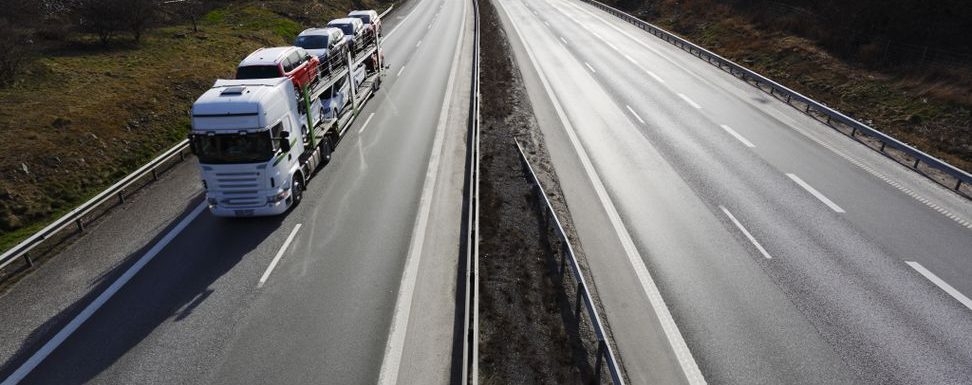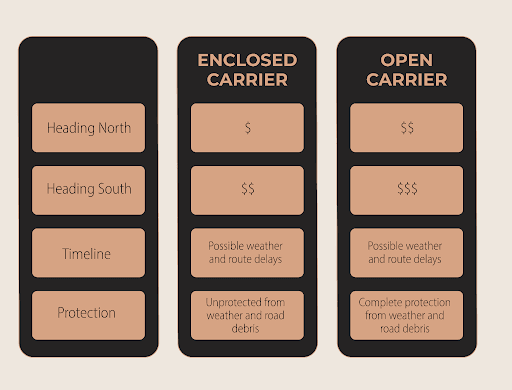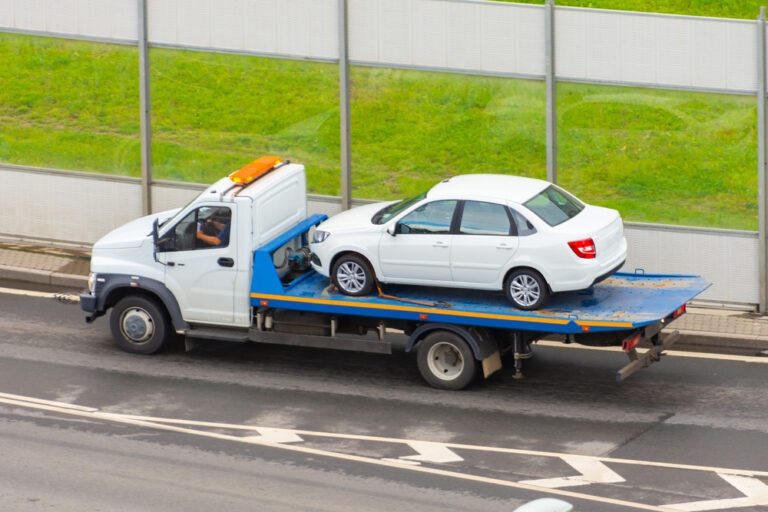
Is It Safe To Ship Your Car In The Snow?
Ah winter! A time to snuggle down with your family, sipping hot chocolate in front of a fire, while enjoying the twinkling lights and sounds of various holiday cheer. Outside the snow falls creating a magical winter wonderland.
Ugh! Snow! Winter, a time for snowbirds to head for warmer climes, and escape the drudgery of shoveling, ice, and freezing winds. Sure, snow during the holidays was fine, but as soon as all the festivity is over, who really needs it?
Will your car be safe if you ship it in winter? As usual, we’re here with everything you need to know.
Seasonal Changes in Car Shipping
In the world of auto shipping, the seasons have an influence on shipping costs and availability of transporters depending on many factors including direction and weather. Winter is no exception—but it can actually be an excellent time to ship your vehicle, since prices tend to be somewhat lower because of less demand.
What causes the winter shift? First of all, drivers are people, too. This means that they also want to have a little downtime during the holidays to spend with their families, meaning there are generally fewer drivers and less equipment on the road. This results in a delay in shipping as orders begin to pile up from snowbirds wanting to head to the warmth as soon as the festivities are over.
Add to that the challenges of Mother Nature. The risk of snow, ice, and storms can cause routes to shut down, for the entire season. This also adds time to the shipment of vehicles.
Towards the end of the holidays, of course, all the snowbirds making moves to flee to the warmth of southern climates, means that southern routes become more in demand and will be slightly more expensive. If, however, you are looking to ship in the other direction, prices will drop because there is less demand. This, too, leads to slower transport times because carriers may wait to have a full load before shipping.
Sounds complicated, doesn’t it? It really isn’t. In general, the main thing to be aware of when shipping your car is that you might have to be a little flexible about your timeline. There is an option, though, that will both help with the timeline (barring weather interruptions) and be safer for your car—enclosed shipping.
Protect Your Car with Enclosed Shipping
As we’ve already pointed out, the seasonal flux in car shipping is inevitable. It’s important to note that weather can cause problems beyond shutting down routes and affecting driving time. The Farmer’s Almanac is predicting a “frosty flip-flop winter” this year, including cold temperatures and storms all across the country. This will slow things down, but also might shift your approach to shipping your car.
The less expensive option for shipping a vehicle, during any season, is to use an open carrier. Add that to the lower winter prices, and this might seem like the most practical option, at least for your wallet. Right?
Think again.
If you’ve ever driven in winter weather (which you have—the reason you are trying to escape it) you know that ice, snow, cold temperatures, and road salt can do a lot of damage to your vehicle.
Open carriers do not protect cars from any of these.
In order to get your car from the coldness of the North to the sunshine in the South, it’ll have to move through weather, sometimes on icy roads in the middle of snow storms. Transport drivers are taught to deal with complicated road conditions—which makes shipping a safer option than driving it yourself, in general.
Still, there is nothing a driver of an open carrier can do to protect the vehicles from the weather and debris of driving on a winter road.
Although enclosed shipping can cost more, your car is protected from the weather from pickup through delivery. In addition to that, because enclosed carriers carry fewer vehicles, it’s easier to get expedited shipping if you have a specific timeline (depending on the company). For these reasons, the biggest piece of advice for shipping your car in winter is to be flexible and willing to pay a little bit more.

Prepare for Winter Shipping
There are a few steps that you can take to help prepare your car for shipping during the winter. Every company will have specific ways they want you to prepare your vehicle, including:
- Clean it inside and out
- Remove personal items
- Take pictures before you load your vehicle
- Leave a quarter tank of gas
For the winter, however, you want to add:
- Check all fluids and make sure you have good antifreeze
- Replace washer fluid with one that has a low freezing point
- Check your battery (batteries have a lower life in winter)
- Lubricate door locks
- Check window seals
The Safest Option—Hire the Professionals
You might be thinking, shipping my car in winter sounds like a lot of work.
It really doesn’t have to be. The risk to yourself and your vehicle is much higher if you were to drive it on your own—including the hazards of weather, roads, and long-distance driving. The best and safest option is to plan in advance, do a little research, and hire the best shipping company that includes White Glove service with all enclosed vehicle shipments.
Reach out to ShipLux today for a transparent price quote. Don’t wait until the rush after the holidays! Schedule your vehicle now so that it will be driving on and off the enclosed carrier in a timely fashion, and in the same condition you sent it.
Recent post

General Shipping Information
Debunking Common Vehicle Transport ...

Car Shipping